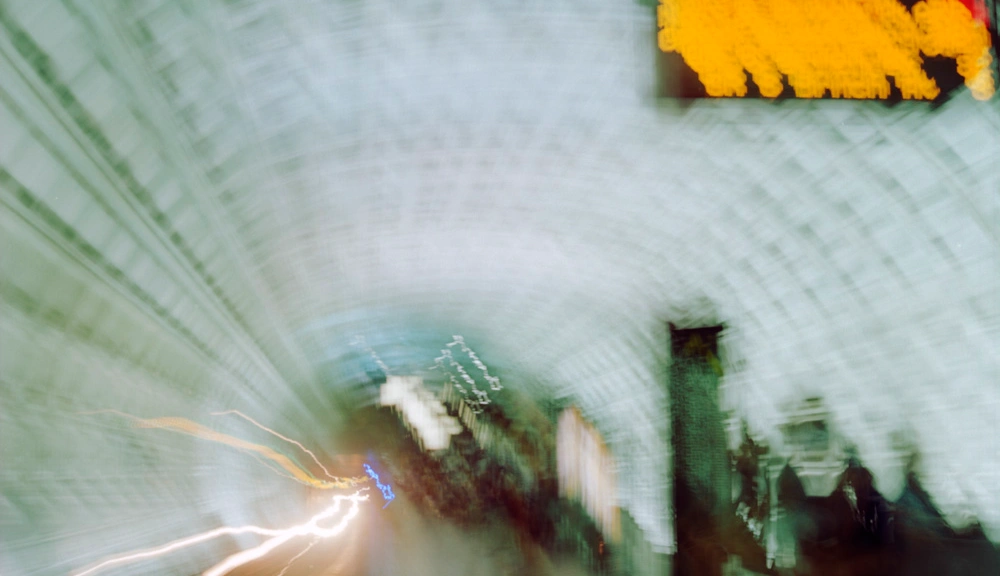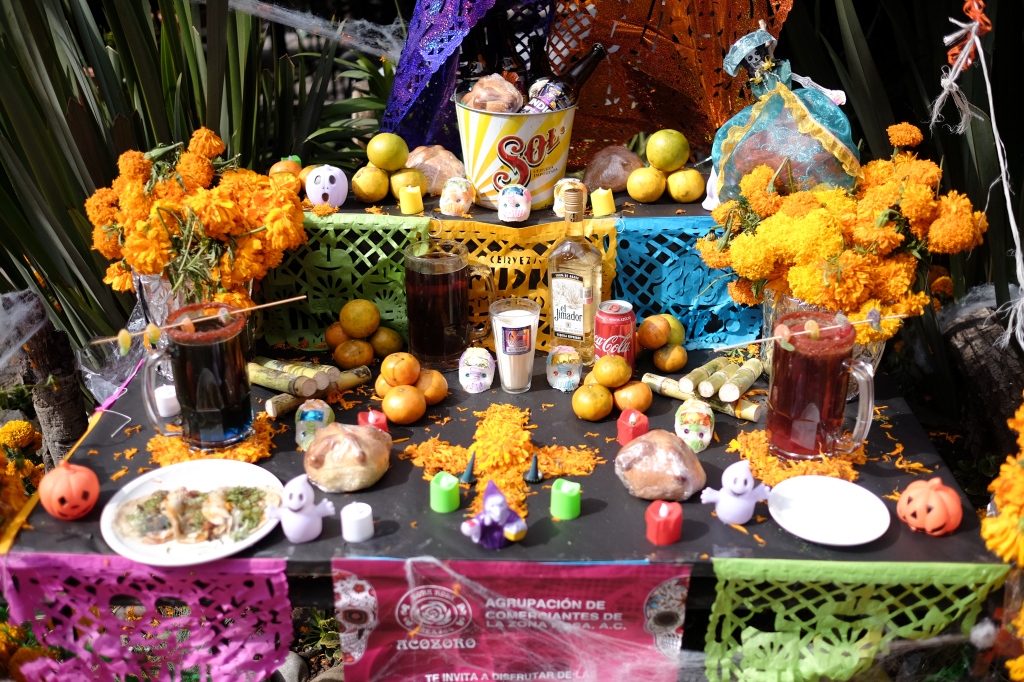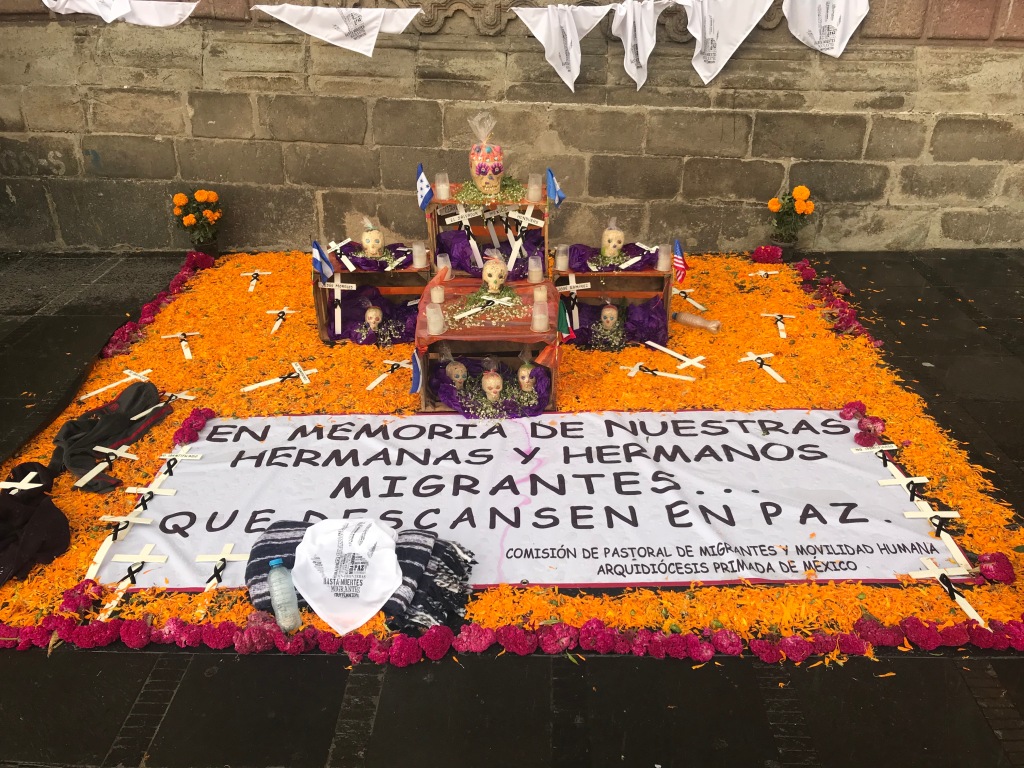This was inspired by an online discussion I was engaged in on a photography forum.
Photography occupies a unique niche in the arts. Because of its easy verisimilitude, its capacity to effortlessly record detail with precision, it presents the comfortable illusion that it is reality. I would argue that it is in fact no more reality than painting, and in some ways even less, precisely because of its easy verisimilitude.

Object Permanence
Why do I say that photography is less real than painting? Because it claims representational status when it is merely descriptive. When people look at an average photograph, because the subject of the photograph appears to be an exact likeness of the subject, they assume that it is a 1:1 correspondence because it is in their own personal interest to assume such. It is comforting to think that “this photograph IS the person in that moment the photograph was taken”.
In a way it allows us to reverse the childhood lesson of object permanence. When a child is very small, if you show them a toy, then you hide it, they will not understand that the toy is still there, just out of sight. A photograph allows you to imagine that something is there even when you know it is not. The subject of the photograph is not physically present at the moment of viewing the photograph, and may even be dead or transformed beyond recognition, but still exists in the mind of the viewer at the moment of viewing.
Dimensionality
Photographs render their subject from four dimensions (length, depth, height, time) to two. They also perform a selective removal of context. In reality, a subject exists in an omnidirectional, infinite context. Taking a photograph of that subject requires excluding a near-infinite amount of that context – you are viewing that subject from a single direction, from a fixed perspective, as it presents itself for the duration of the exposure. That duration of exposure is necessarily self-limiting and as such is not tied to the experience of the subject holistically – it is possible to make a subject appear dramatically different than it does 99.99% of the time, to the point of being unrecognizable, through the use of light, composition, color, and time.

You are recording that subject in a single quantity and quality of light. And you are photographing it at a single moment in time (even if you are doing a solagraph that requires a year to expose, in the span of infinite time, it is a moment).

Because of the mechanics of making a photograph, while everything that appears in the above photograph was in front of the camera during the exposure, this scene in no way looks like this, ever. Yet it is a photograph. This was made by two separate exposures of twelve minutes each, moving the camera closer to the subject during the second exposure, utilizing a pinhole camera.
Verisimilitude
You are choosing to reproduce that subject using some method that is at best a precise simulacrum of that subject. Should you choose to reproduce the recorded image in any number of alternative media, then you have completely eschewed realism – while a photograph of a house may look like the house, the house has never ever appeared like the palladium print of the house.

The house is NOT that color, nor is it that texture, nor even that exact brightness – it is stone and brick and painted wood, not paper fiber. It is an interpretation by the photographer of the relative brightness of the objects in the scene rendered on a piece of film with its own spectral sensitivities, translated through chemistry onto a piece of paper. That chemistry has its own particular responsiveness to light, temperature, humidity, paper pH, and other factors that alter the appearance of the final image. Yet if you were to take this image and go to the place where it was taken, you would say, yes, this is that house. It is similarly delusional to talk about the permanence of the one versus the other. Both are subject to the vicissitudes of time, and there is no guarantee either one will outlast the other.
Photographs as Language
Let me start this section by prefacing it with a bit of academic theory. While I am thoroughly annoyed by one of the great bete noirs of 20th century academia, post-structuralism or deconstruction, the theory does have one very useful concept at its core: the understanding that language is NOT literal. Words are symbolic, abstract representations of the things they relate to. The word “rock” for example, is a vast generalization about rocks. When we read it, it conjures up in our mind a whole slew of associations with objects of geologic origin, and when YOU hear the word or read the word, the mental image you form is different from the mental image formed in MY head.
I can apply more and more words as modifiers to the word “rock” until you and I can both understand we are referring to the SAME rock (a chunk of granite, three centimeters in length, two in width, 1.3 in height, with reddish brown mottling and flecks of gold-like minerals contained within, whose surfaces have been polished to a mirror-like smoothness, on display in the Smithsonian Natural History Museum’s mineral collection), but even then, those words are NOT the actual rock.
Well, neither is a photograph of that rock. The photograph may represent the rock, and it may represent it with extreme accuracy (the rock in the photograph may be reproduced with the identical dimensions of the actual rock). But it is still two-dimensional, not three, and the colors of the rock in the photograph are composed of organic dyes, not the same minerals and elements of which the rock is composed.
And what of the fact that the photograph can be (re) produced in many different ways so that those aspects of verisimilitude are distorted or thrown out altogether? Perhaps my original capture of the image of the rock is a 1:1 scale representation of the rock, but I enlarge it to be twenty feet across, rather than three centimeters. Or I intentionally (or accidentally) alter the color balance so that the rock appears green rather than red. Or I reproduce it to be smaller than the actual rock. All these things are possible, and true.
If anything, a photograph that attempts to be a literal record represents a failure of the imagination and creativity because it is suppressing those acts through its verisimilitude. An “accurate” photo is encouraging the viewer NOT to think and NOT to interpret, but to take on face value the subject presented because there is the possibility that it might be accurate.
Photographs and Time
One of the great challenges of ascribing literal representation to a photograph is the factor of time in its creation. Because of the speed of production of a photograph, we assume that there is some literal truth and purity to the image. While it is more fundamentally assumed today due to the nature of photographic technology (there are digital cameras today that can record an image in less than 1/10,000th of a second even without the aid of stroboscopic light), even at the dawn of photography when a Daguerreotype could be made in minutes, rather than hours or days for a sketch or a painting, photographs were thought of as “instantaneous”. This can be seen in marketing for early portrait studios: “Instantaneous Likenesses” were the frequent topic of advertising.
But just because a photograph CAN be captured in fractions of a second does not mean that it can ONLY be captured that way, and cannot be ascribed as a fundamental character of a photograph. A pinhole image may be made over hours or days, or a solagraph can be recorded over an entire year. There is nothing literal in a one-year solagraph – it captures the movement of the sun through the scene every day, and the changing position of the sun in that scene every day. The effect on the film or paper is so profound as to not only cause chemical reactions but actual physical reactions – the sun will be sufficiently intense as to burn the film or paper.

If you view that scene where this image was taken, it would look nothing like that, ever. You would NEVER observe that. Yet it is a photograph. It is simultaneously literal and profoundly distorted.
At the moment I’m struggling to come up with a nice tidy academic conclusion to this essay. I don’t know that I have it in me at this time, because I’m not done thinking about this topic and I need to spend a healthy chunk of time organizing and re-organizing my thoughts. I will come back to this idea of the paradoxical simultaneous literalness and non-literalness of photographs and how we interpret them (or fail to interpret them).































